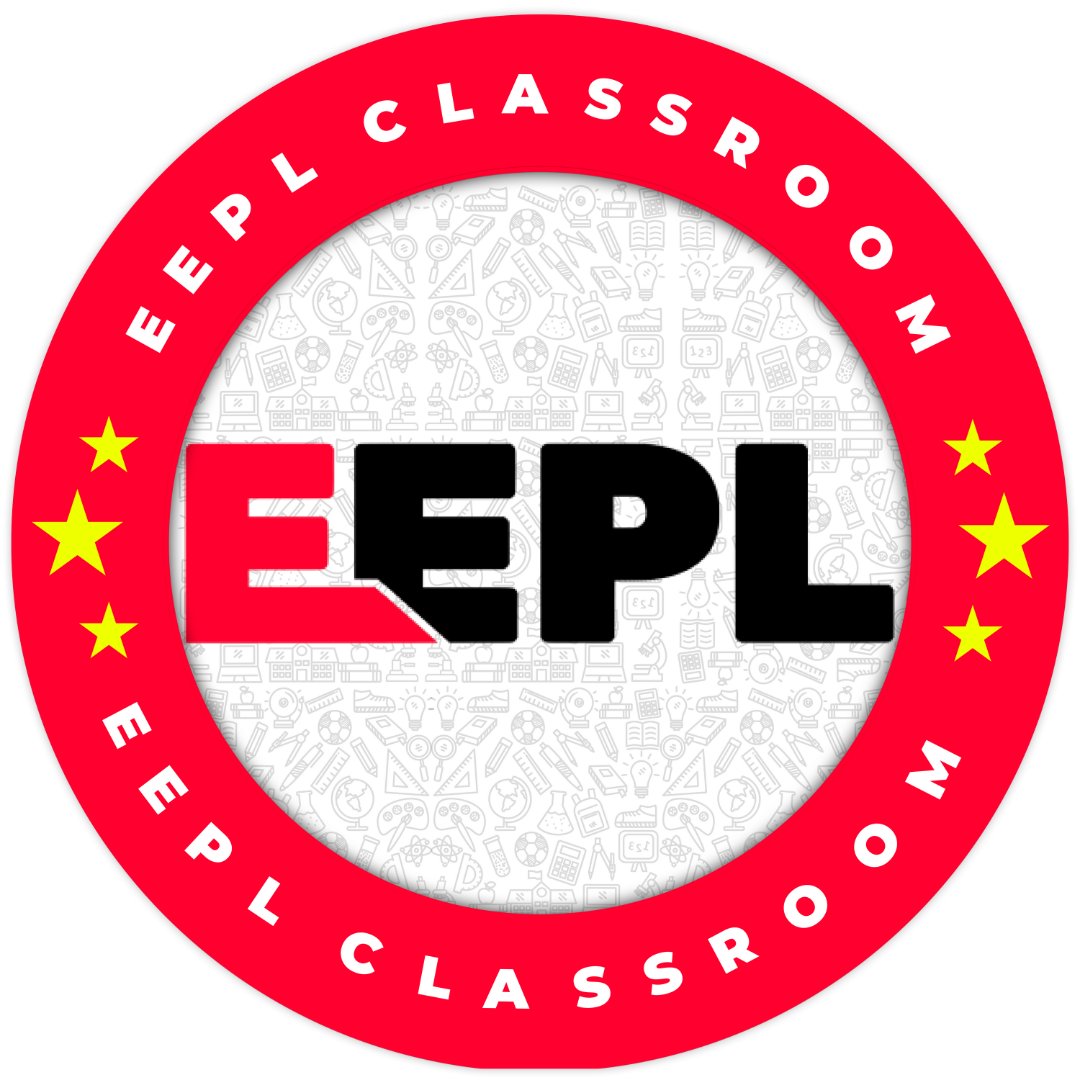1. Introduction
In the study of statistics, data is the basic foundation. Data refers to the collection of facts, numbers, or observations related to a particular problem or situation. To make data useful, it must be collected systematically, organised logically, and presented effectively for better understanding and decision-making.
2. Collection of Data
The first step in statistics is collecting data. It involves gathering information from various sources.
Types of Data:
- Primary Data – Data collected by the investigator directly for a specific purpose.
- Methods: Observation, Questionnaire, Interview, Experiments.
- Secondary Data – Data already collected by someone else and used for reference.
- Sources: Government reports, research papers, books, internet, census data.
Importance of Proper Data Collection:
- Ensures accuracy.
- Saves time in analysis.
- Helps in drawing valid conclusions.
3. Organisation of Data
Once data is collected, it needs to be systematically arranged for easy interpretation.
Steps in Organisation:
- Editing – Checking data for errors or inconsistencies.
- Classification – Arranging data into groups or classes based on common features.
- Qualitative Classification – Based on attributes (e.g., gender, caste).
- Quantitative Classification – Based on numerical values (e.g., income, marks).
- Temporal Classification – Based on time (e.g., yearly rainfall).
- Spatial Classification – Based on geographical regions (e.g., states, countries).
- Tabulation – Presenting data in a systematic table with rows and columns for clarity.
4. Presentation of Data
Data becomes meaningful only when it is presented clearly and attractively.
Methods of Presentation:
- Textual Presentation – Data explained in words and sentences.
- Tabular Presentation – Data shown in tables for easy comparison.
- Diagrammatic Presentation – Data presented using diagrams for visual appeal.
- Bar diagrams (simple, multiple, component).
- Pie charts.
- Histograms and frequency polygons.
- Graphical Presentation – Data shown through graphs to reveal trends and patterns.
- Line graphs.
- Time series graphs.
- Ogives (cumulative frequency curves).
5. Importance of Collection, Organisation and Presentation of Data
- Provides clarity and accuracy.
- Makes complex information easy to understand.
- Helps in comparison and analysis.
- Aids in decision-making and planning.
- Conclusion
The collection, organisation, and presentation of data are crucial steps in statistics. Properly collected and organised data, when presented effectively, transforms raw facts into meaningful insights, enabling better understanding and logical decision-making.
For More Information and Updates, Connect With Us
- Name: Survi
- Phone Number: +91-7488713635
- Email ID: survi@eepl.me
- Our Platforms:
- Digilearn Cloud
- EEPL Test
- Live Emancipation
- Follow Us on Social Media:
- Instagram – EEPL Classroom
- Facebook – EEPL Classroom
- https://eepl.me/blogs/
Stay connected and keep learning with EEPL Classroom!









